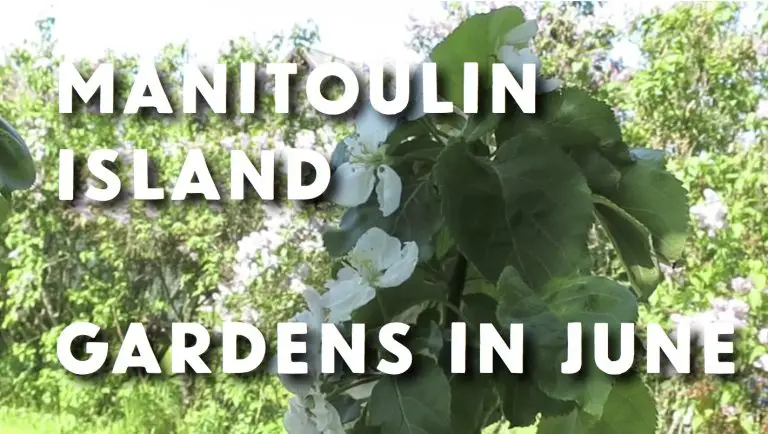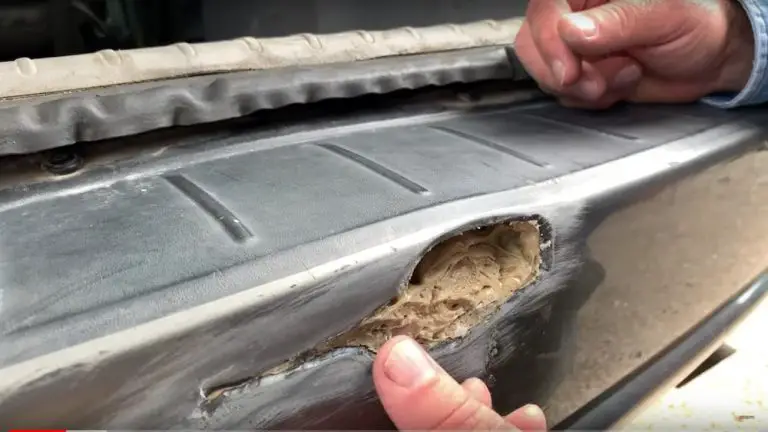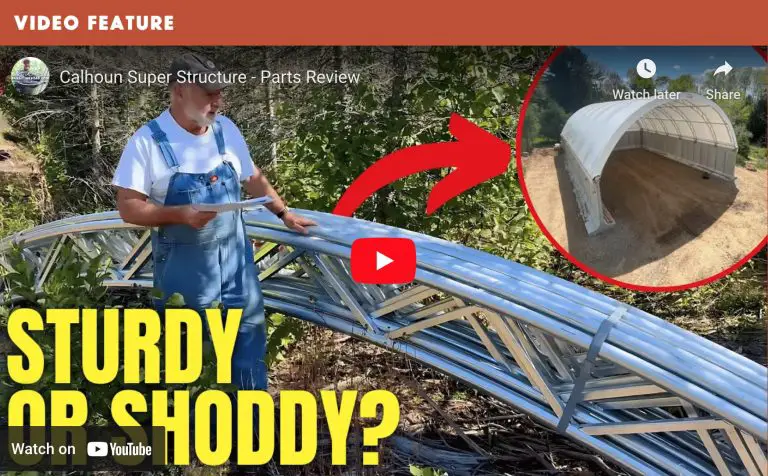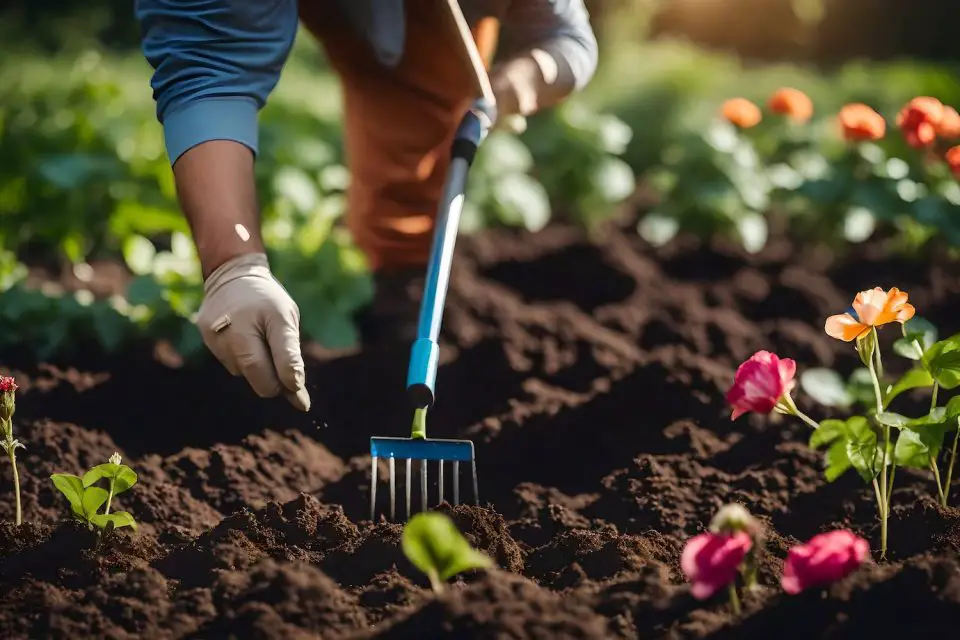
Nobody takes up gardening because it gives them the chance to hack away ineffectively at weeds. You might tolerate this burden for a while, but sooner or later one of two things will happen. Either you’ll lose enthusiasm and give up on any sort of serious gardening after you decide that tillage is too time consuming and painful, or you’ll get pretty good at the whole soil tillage job and it won’t be a pain. How you emerge from this trial depends on your knowledge of today’s best tillage tools, and an understanding of how to use them — all combined with a little patience and a willingness to happily sweat and get dirty.
Thirty-five years ago my wife and I were inexperienced gardeners foolish enough to think that an ordinary garden hoe was all we really needed to make things grow. Struggles with poor, ill-designed garden tools has shown us what works, what doesn’t and exactly how to get the most tillage work done with the least amount of effort. If there are better ways than you’ll read here to keep soil light, fluffy and weed free, we don’t know about them yet. The five tools and techniques I’ll show you in this article are all part of our long refined tillage strategies for keeping garden weeds at bay.
Garden Weeds Strategy#1: The Big Guns
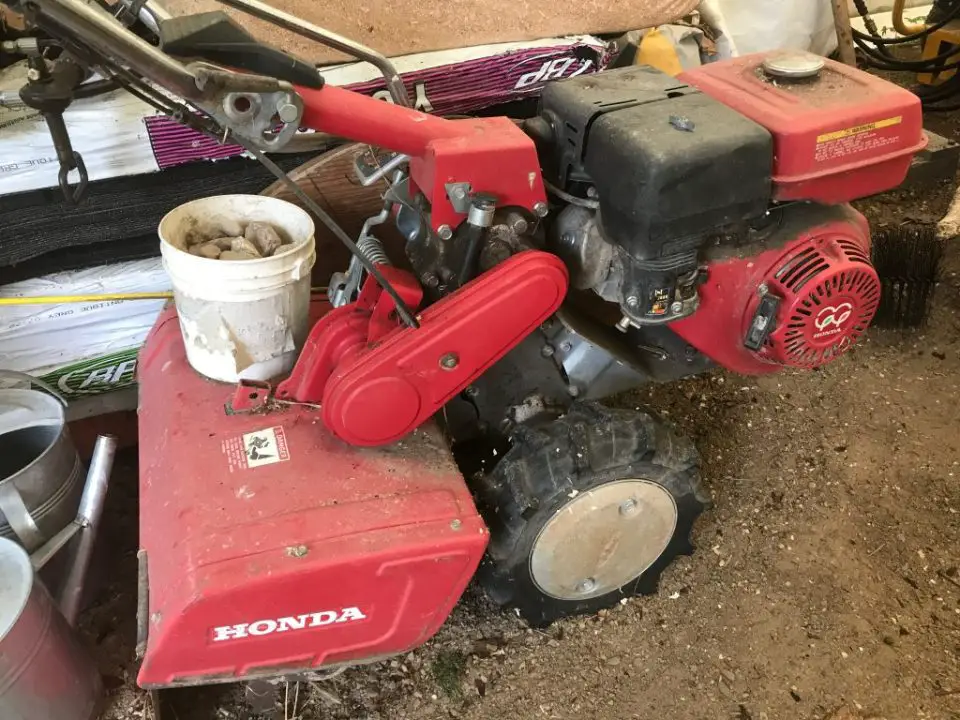
If you’re gardening more than a suburban-sized plot, you’ll find a full-size rototiller extremely useful. We’ve run an 8 hp Honda for more than 25 years. That’s it in the photo above, and there are two things I like about this machine. Besides proving absolutely reliable, our model includes wheel weights that help it plow through the heavy soil at our place – even for breaking sod.
You might not need a full-sized rototiller if you’re taking over a small collection of existing gardens, but if you’re breaking sod or dealing with annual garden beds totaling more than about 300 sq. ft. in size, then you won’t regret investing in a big tiller. Does your soil have stones? I bolted a 4 liter plastic pail to the top of the tine shroud to help get rid of them. I just grab stones as they come to the surface while tilling, then drop them in the pail. Stony ground becomes clean in three or four years without any extra time or labour.

It took us a while to add a micro tiller to our collection of essential gardening tools, but we should have done it sooner. That’s the Honda we bought above. It’s small size offers a useful transition between the big tiller and our collection of hand hoes. It’s not that we’re lazy, it’s just that power tillage is so much more effective because it stirs up the soil more thoroughly. The deeper the tillage, the more effective it is. Although our micro tiller is small, it’s very fuel efficient. It also has a four-stroke engine, which means it runs happily on straight gas, without mixing in oil.
Garden Weeds Strategy#2: Hoe and Hand Weeders

A wheel hoe is an old-time gardening tool that harnesses the power of your entire body to slice weeds and stir up the soil, and modern versions are exceptionally effective. We’ve tried several brands over the years, but the one we’ve stuck with combines a stirrup-shaped hoe suspended underneath a rolling body. You can see it above. This tool is great for weeding between rows of small vegetables and transplants. It’s quiet, effective and delivers some exercise.
Two kinds of full-size hand hoes are favourites at our place: a precision “collinear” hoe, and a stirrup hoe. Both are designed to slice weeds below the surface, unlike ordinary hoes that are best design to move soil around while pulling your shoulder muscle in the bargain.

Add to these a hooked hand weeder like you see above, and the only thing more you need is a little elbow grease and some patience. That’s our’s above, and it’s called the Yankee Weeder. We recently lost ours, so the one here is a new replacement. With the right gear, properly prepared, tilling the soil might even become something you look forward too — at least a little, anyway.
Garden Weeds Strategy#3: Sharpen Up
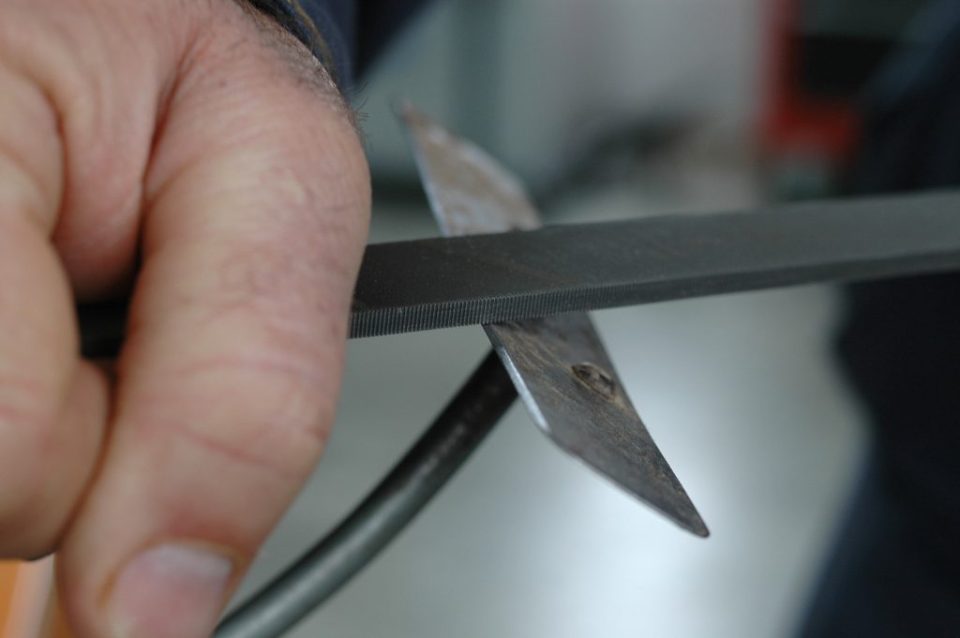
The phrase “dull as a hoe” wasn’t coined by a gardening expert. That’s because all kinds of hoes need to be sharp if they’re to work right. The job doesn’t take long, either. A 10”-long flat file and a vise are all you need. Make sure the file is sharp. I wipe my files with oil before putting them into a leather pouch that keeps them good shape. All files get dull surprisingly quickly if they get rusty or band around in your toolbox. Five minutes spent sharpening the cutting edge of a hoe or hand weeder speeds progress and reduces fatigue for a day or two of steady gardening work.
Garden Weeds Strategy#4: Mulching
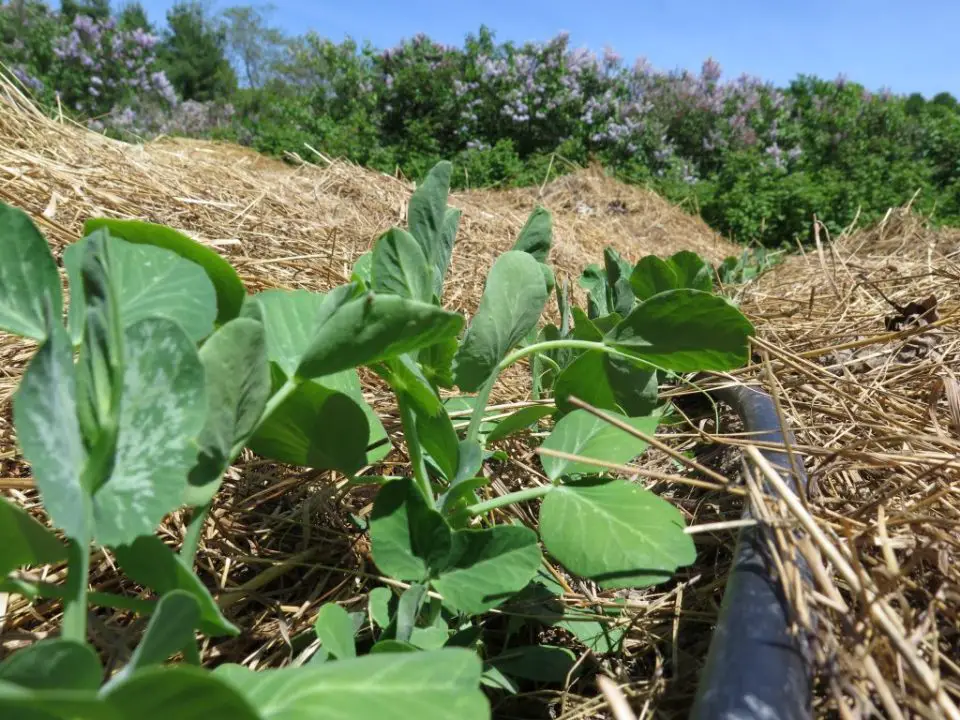
Tilling the soil isn’t the only way to make good things grow. At least not with some kinds of plants, anyway. Take perennial flowers, for instance. Instead of keeping bare soil stirred up to hold weeds at bay, use mulch to create a stable ecosystem that’s more or less at peace without tillage. This approach works beautifully, as long as you sidestep the three most common problems that derail so many mulching campaigns.
First, be sure to mulch only clean soil that’s free from weeds and weed seeds. In my experience it takes two or three years of conventional tillage to transform a sod-covered plant bed to the point where it can be stabilized with mulch.
Second, choose weed-free mulch. Too many people think you can mulch with old hay or grass clippings or manure. You might as well buy a 50 lbs. bag of noxious weed seeds and broadcast it liberally on your garden. Cedar bark and wood chips make excellent mulch with absolutely no risk of weed introduction. Straw is good too, but it needs to be clean and free of weed seeds.
Third, mulch deep and keep topping it up. As worms and other soil organisms pull the mulch down to enrich the soil, you need to keep at least two or three inches of settled mulch over the entire soil surface. Any less and weeds can get a foothold.







